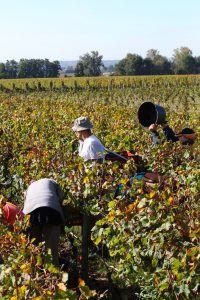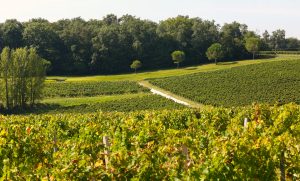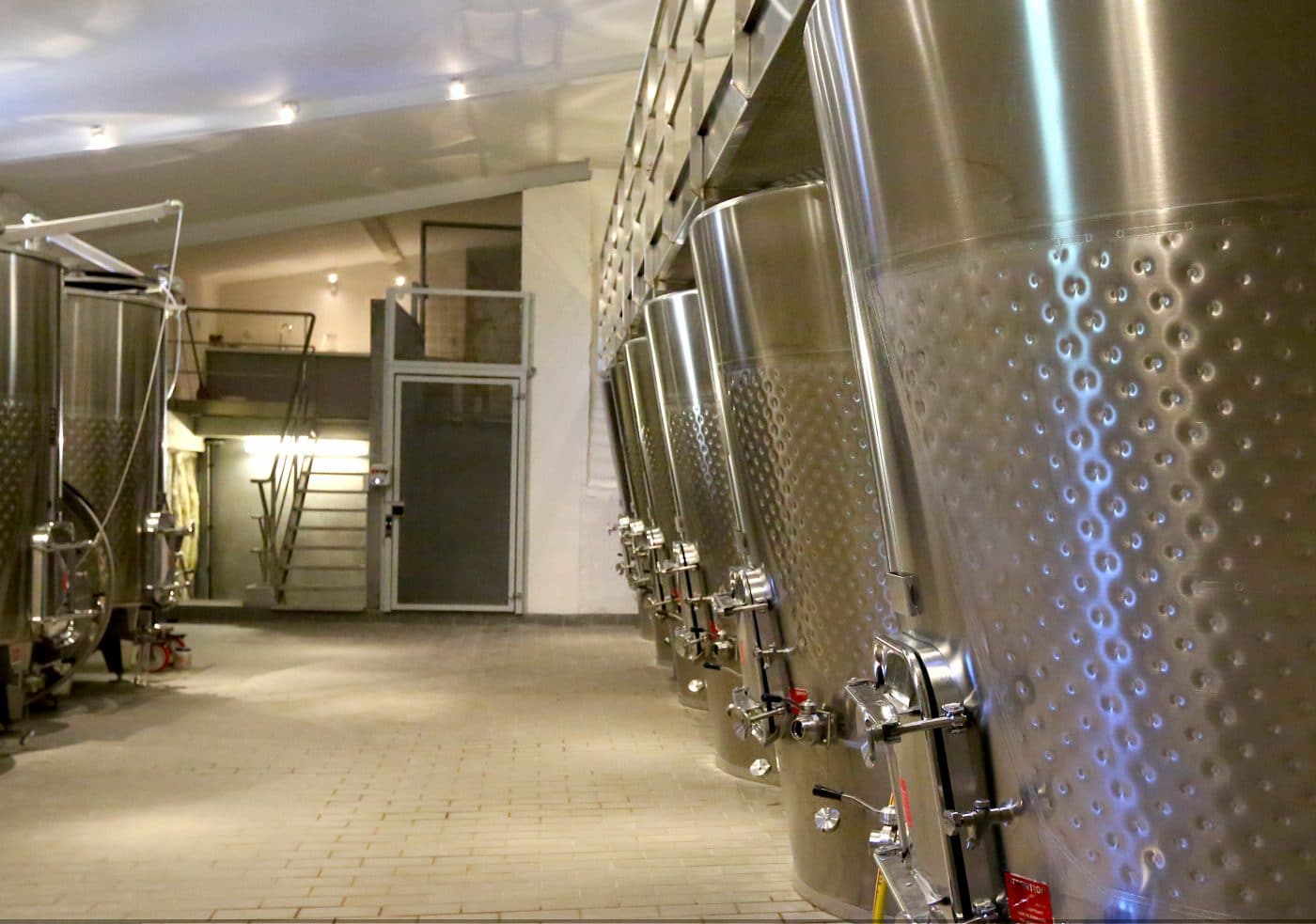Last week we looked at the first of the three lease options available for the owner of a French vineyard in our discussion about vineyard management (read part one here). Leases are just one option and we will look at the remaining leases here as well as the other options an owner may consider as part of their strategy. Our focus is primarily Bordeaux vineyards, however much of what we discuss could apply to other wine regions of France.
A short term Lease
Known as a “Mis a Disposition 6” and often referred to as a Bail CMD 6 – this form of fermage is one of the most common for Bordeaux vineyard owners seeking to lease outside their direct family or ownership companies. It is for a term of 1 year, but it is automatically renewable up to 6 times to a maximum of 6 years. It is popular because it is flexible and allows the owner to recover their land more easily than the Bail Rural. The Bail Rural is controlled via the Prefecture and the Notaire, however, the CMD 6 is uniquely controlled by the SAFER who technically take the lease and then pass it on to the tenant of your choice or someone in the open market that may be seeking vineyard land to rent. The tenant farmer is responsible for everything and the owner is not responsible to pay the tenant for any capital improvements at the end of the lease. The value of the rent is linked to the value of 9hl of wine or a “tonneau” (900 litres) which is a measurement of wine exchange based on the historic barrel volume of 4 barrels of wine (225 litres each). This tonneau value reference is a “spot” rate for a given appellation, it is regularly published in the press and widely known for each appellation in the Bordeaux wine market. It is not very precise since, of course, no one knows exactly what volume each hectare will produce but given the flexibility of the lease structure it is widely accepted by both landlord and tenant.
The tenant therefore takes care of everything and the landlord can adjust the lease each year of the six years to suit changing circumstances. For example, year one may have a lease for 5 hectares while year two might be reduced to 4 hectares.
A hybrid lease structure
There is another form of lease that can be interesting from time to time. However, it is more likely to form a part of a new owner’s future strategy at the time when more production volume is desired. This lease form is known as a “bail précaire” or a Contract Mis a Disposition harvest lease (CMD Harvest) and it is most commonly only for a few weeks at the harvest time. The concept is that the owner of the land leases the vineyard under specified conditions or scope of work (a “cahier des charges”) that are required by the tenant who wishes the owner’s land to be farmed in a certain way to correspond with the production quality that the tenant wants at harvest.

The CDM harvest lease is for a term within the same year starting no earlier than June and typically running to November a few weeks later after the harvest. The owner is responsible for all the farm work including the harvest although sometimes the tenant may take over the land for the harvest only. The tenant will then take the wine production and once the harvest is finished, the land immediately reverts to the owner again. This type of lease is more expensive than the standard fermage and is calculated using the precise volume of production that the vineyard yields. For example, let’s say the harvest trailer leaves the vineyard full of fruit and is weighed with 13 hectolitres of berries – this will be resized by a factor of 1.3 so that the actual wine juice volume would be 10 hectolitres of wine. Then the tonneau value, as explained above, would be applied. Therefore, if there are 10 hectolitres and the price per tonneau is €1,000 Euros then the value of the trailer of berries is 1000/9 = 111.11 x 10 = €1,111.11.
A co-operative contract
Throughout the vineyards of France there are unions of vineyard farmers that form co-operatives where they can purchase capital infrastructure, make and market wine together within a specific appellation. The primary motivation for a co-operative is the sharing of costs for the winemaking and then the marketing of the wines. Although very common, not every appellation has a co-operative union and in Bordeaux they are rare in the prestigious appellations except for St Emilion which was the first in Bordeaux (next year the Sauternes will have its own for the first time). St Emilion aside, the wine is often generic in nature since usually it does not come from one specific vineyard but from many throughout the appellation and once the wine is made it will be sold by the co-operative, often to French supermarkets. Historically it was very popular in appellations where there were a lot of small farmers that could benefit from clubbing together. However, many will jest that the real motivation for the farmer was that after the harvest he could stop work for the year and go hunting until the pruning season early the next year!

The owner of a vineyard can sign a production contract with their local co-operative whereby their harvest is sold to the co-operative at an agreed price and delivered as it is harvested in October each year. Each vineyard co-operative is structured differently however, it is common for them to have production contracts that span more than one harvest. Contracts can be broken earlier but usually subject to a penalty payment since the co-operative will have allocated winery space for the production and may not be able to replace that production (and sales commitments) before the harvest.
As a side note, of course it might be possible to have a management contract for the farming of an owner’s vineyard (perhaps a neighbour) and then a production contract with the co-op for the winemaking and sales. In this way the owner’s management responsibilities are still capped to a minimum.
A Management Contract
There is always a sensible debate with investors regarding the choice of having your own staff or outsourcing. Many factors must be considered in determining the right decision for each vineyard operation. The size of the estate can influence the decision, the quality of the existing team that work at the vineyard at the time of the purchase is also significant. Or it could simply come down to personality and style or even communication skills such as the ability for a manager to speak English.
Hiring an English speaking vineyard management company such as Optimum Vineyard can provide a sense of comfort to an international vineyard investor. A vineyard management company can be engaged at many levels from a coaching and handholding consultancy right the way to responsibility for everything (except for wine sales) including all agricultural operation, wine making and regulatory administration. A management company can even operate with existing staff and provide leadership and direction – perhaps just for the first couple of years while the investor establishes confidence and competence. But with a vineyard management company the responsibility for the vineyard operation’s financial success stays firmly with the investor. The investor is running a business and the vineyard management company is a cost on the balance sheet in the same way that staff and equipment are costs on the balance sheet.
In House Management
Keeping everything in house, the investor elects to take a hands-on leadership role in the operation of the vineyard and retains or takes on direct employees. Direct control over time, personnel and equipment can be a strong incentive for this approach. It can be especially significant when being responsive to weather, which can be an important factor in the daily operation of a vineyard. But having direct control does leave the investor with the decision of choosing the right team and most importantly of all, the right team leader (“regisseur”) or managing director.
Being independent with both staff and machinery can be very attractive to some investors, particularly for large commercial estates. Another key factor is ensuring that the marginal utility of labour and resources is properly deployed. Farming one hectare with 10 employees will lead to costs heavily outstripping revenues – equally having 1 employee for 100 hectares will lead to a catastrophic shortage of labour for the work that is necessary for efficient vineyard operation. A review of the economic profile of any Bordeaux vineyard is an important part of the strategic discussion that will often influence the choice of vineyard – but it is a non-negotiable if in-house management is selected as the preferred vineyard management approach.
Vineyard Management Summary
The way an investor considers the management of their vineyard will correspond closely with their strategy and objectives. Thinking these through and establishing a well-informed business plan is a crucial first step. Bordeaux has a very long history in wine so nearly every conceivable management option has been used before and whilst these two vineyard management articles (read Part 1 here) give a simplified view of the options available, they do provide a basic education from which to discuss options further.
Although this article is considered accurate, Vineyards-Bordeaux are not lawyers and make no legal representations or warranties. Investors should seek advice from their legal counsel regarding their precise circumstances or to confirm any changes to the laws associated with farm leases and vineyard management.

Written by Michael Baynes, co-founder of Vineyards-Bordeaux – specialists in M & A (Mergers and Acquisitions) work and vineyard / winery transactions and affiliates of Christie’s International Real Estate.
If you are interested in investing in a vineyard in Bordeaux – or any other region of France – or you have a vineyard for sale, please contact michael@vineyardsbordeaux.com
